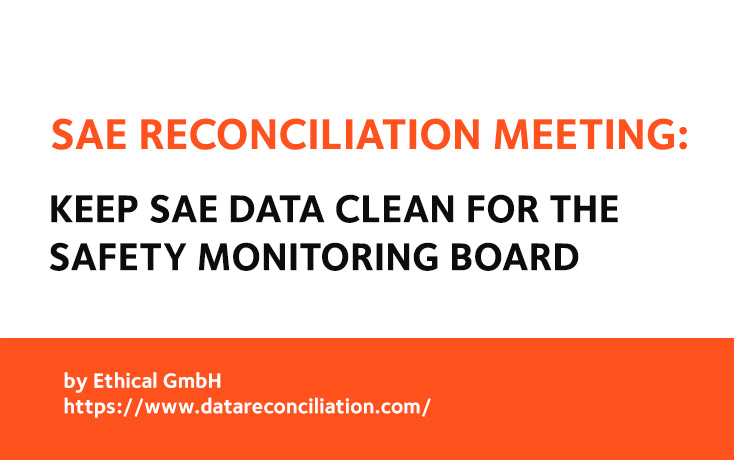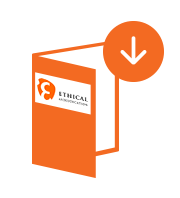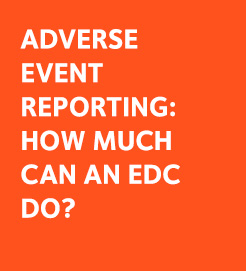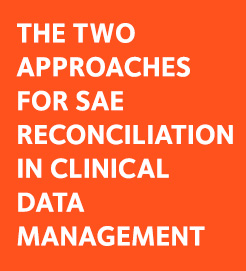One of the most efficient ways of solving database mismatches in preparation for a safety monitoring board is to hold regular meetings to review the discrepant information. Depending on the particular case, different departments can then take action to resolve the issues and report back at the next meeting. But who should participate in these meetings and are they really efficient without the proper tool to track issues and actions?
Resolving database mismatches is a critical activity which is part of the SAE reconciliation process.
This must be conducted periodically as many of the larger studies have established safety monitoring boards that need to receive and review clean SAE data.
Typically, all concerned departments participate to SAE reconciliation meetings including but not limited to: drug safety, medical, clinical operations, data managements and biostatistics.
It is important that only new discrepant cases are presented for discussion and that all relevant information is readily available for a quick decision on the follow up action. Previously presented discrepancies that have been solved are also typically presented and cleared for sending to the safety monitoring board.
Finally, all issues, decisions and actions must be documented for quality purposes.
If handled manually, these operations generate an important workload and may create additional complexity due to repeats, omissions and errors. Lengthy minutes are difficult to decipher later on in the process or in case of audits and drilling down to the country and site levels is difficult, let alone pinpoint a particular patient or event.
The work of the safety monitoring board is also rendered difficult by these complexities.
Well-defined IT tools, however, can easily help to overcome most of these hurdles.
They are able to differentiate previously reviewed cases from new ones, flag the cases with updated information, show the latest status preventing re-dos due to multiple changes, and track decisions and actions in an orderly and easily searchable way. Each involved team can easily review their assignments and tick-off completed actions.
The safety monitoring board can review clean information on a regular basis, saving time during the study and, most importantly, at the database lock time.
DOWNLOAD NOW THE FREE SAE RECONCILIATION HANDBOOK
The Manual / Reference Book with all the topics related to the Safety Data Reconciliation Management.







